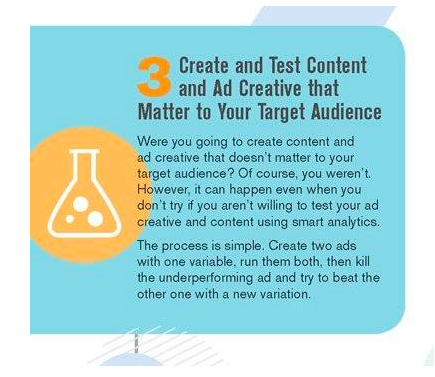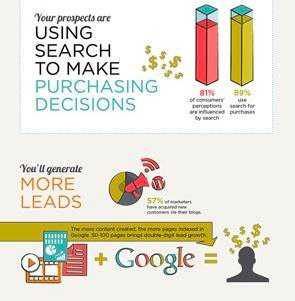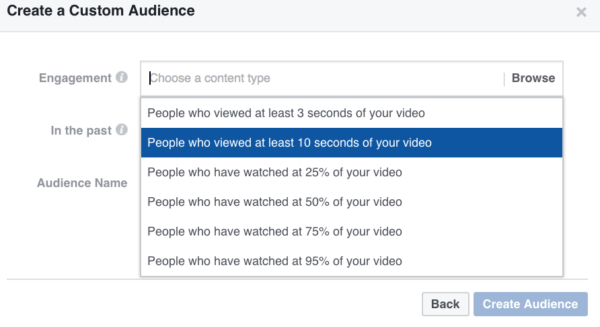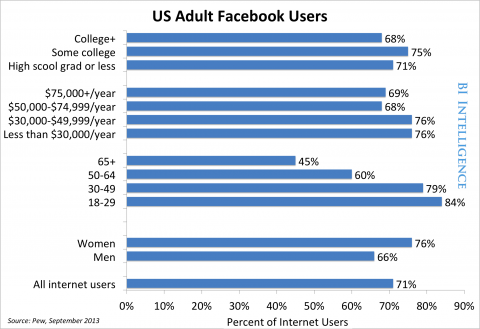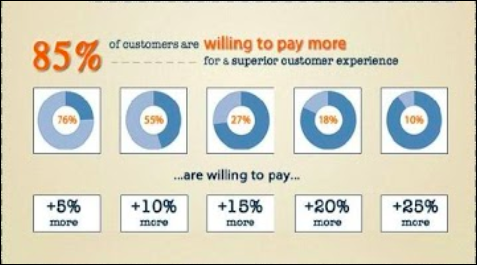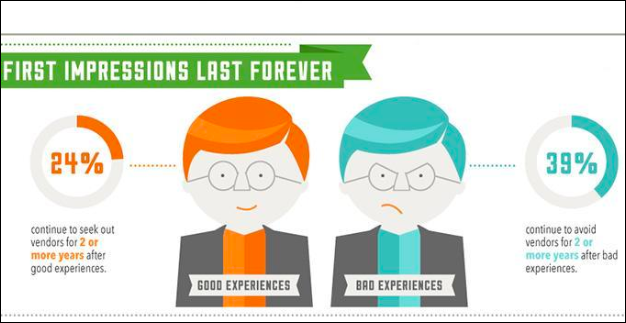Customer experience metrics provide a means of gaining access to tangible evidence of your business’s reception which gives you an idea of what steps you could take to improve the overall customer experience. Your best tool to enhance customer experience management and improve customer support is to gain a deeper understanding of what your customer wants from your company.
Detailed insights provided by metrics give you the most unbiased representation of your company’s success. There is a lot of debate on which customer metrics are the best means of gauging your success.
Below are metrics that will definitely help your business.
1. First call resolution (FCR)
Properly addressing the customer’s needs the very first time and eliminating the need for subsequent phone calls (or emails) is known as FCR. The importance of having a good FCR value is pretty obvious; your customer is satisfied the first time around, which serves to improve their trust in your support team. They’re guaranteed to come back for more business.
2. First response time (FRT)
Customers expect that your support staff are constantly on the edge of their seats waiting for the phone to ring up so they can immediately respond to their grievances in a timely manner. Something along the lines of “90% response rate within the first 5 minutes” is sure to improve your customer’s overall experience. Customer experience management is all about staying on top of what your customers expect of you.
When it comes to emails, response times for typical companies can vary from between 24 to 48 hours. These response timings are getting ramped up however, and top customer support teams are boasting response times of less than 60 minutes nowadays!
3. Net Promoter Score (NPS)
One of the most preferred customer loyalty metrics, developed by Fred Reichheld, NPS is used by organizations of all sizes and functions. NPS, because of its simplicity, is the perfect starting point for companies that would like to eventually collect more advanced customer metrics.
You can start by asking questions which are useful to both your company and the customer such as “On a scale of one to ten, how likely is it that you’ll recommend our product to your friend?” Follow it up by using a 0-10 point scale with proper labels at both ends, such as “most likely” at number 10 and “least likely” at number 0.
4. Customer Satisfaction (CSAT)
Measuring customer satisfaction (CSAT) can be as easy as showing a scale spanning from 0 to 5 asking a generic question such as “How satisfied were you with our products and services?” It is easy to understand and use by your customers. However it does tend to give a few misleading results because the scores can be somewhat inconsistent.
5. Customer Effort Score (CRS)
A powerful customer experience management metric that measures the ease of accessibility of your services to the customer, CRS requires you to prepare short survey asking questions such as “How easily did the company handle your issue?” and then follow it up by placing a short scale, ranging from “Very easily” to “Very difficult”.
6. Contact resolution
Contact resolution is a complex metric which is influenced by dozens of factors such as the level of your support team’s training, complexity of the call and type of transaction. The general rule of thumb is that the longer your customer holds their phone, or the more they send grievous emails, the poorer is your contact resolution.
7. Net Retention Index (NRI)
NRI measures the number of repurchases or returning customers who conducted more business with your company. If you have a subscription based model, you can calculate your NRI by dividing the number of customers that extend their subscriptions by the total number of customers you have that subscribed to the service.
8. Upselling ratio
This is the ratio of customers who purchased more than one type of product from your company against customers who only purchased a single product. It may sound the same as the NRI, but it is slightly different, in that, it also takes into account the types of products your customers purchased with your company.
9. Omni-channel experience
It measures the success of your multichannel sales approach, whether you’re conducting business online, offline, on computer, mobile phone, on different channels – it really doesn’t matter. Omni-channel integration is not only difficult to handle, but also weighs heavily on the resources of your company. If it fails to provide a seamless experience to your customers, you’re obviously wasting money and ignoring potentially loyal customers. Customer experience management is all about picking your battles, and knowing where you can win.
Related:
Managing Multiple Customer Channels
10. Customer emotion experience
Using emotions to connect with your customers can definitely retain them for the long haul. There really isn’t one single way of measuring psychological values because they’re essentially intangible. You could assign a certain value to an emotion and ask the customer to choose from a provided scale. For instance, ask them the question “Do you love our product?” and then attach a scale providing both extremes to choose from, such as “I love it!” and “I hate it!”
After all love and hate are the most effective means of understanding emotions aren’t they?




